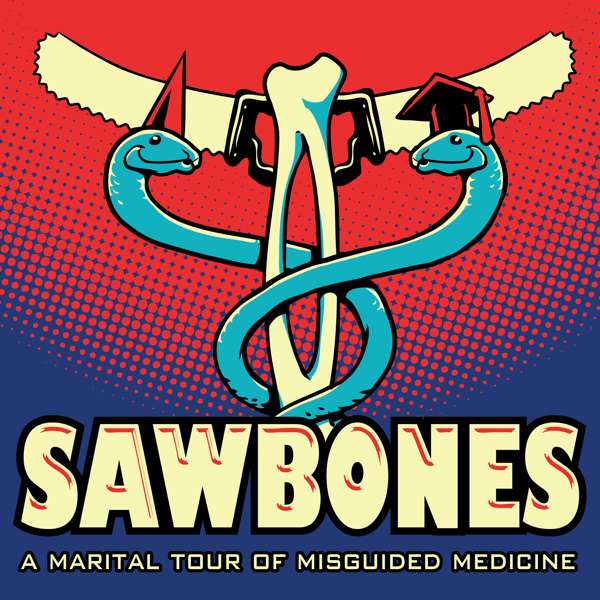In the fall of 1918, Wilmington's attention was on the frontlines of World War I overseas. But without realizing it, a deadly enemy managed to sneak in undetected.
By the time the first case of Spanish influenza was reported in Wilmington, transmission was already widespread. One hundred cases spiraled into 500 and later more than 5,000. The city and the country ground to a halt as officials tried to stop the spread of the virus.
If this is all sounding a little too familiar, that's because the response to the influenza in 1918 is not unlike what we are dealing with today as the country grapples with the spread of the coronavirus. With North Carolina under lockdown through April and so many people now isolated in their homes, we take a look back at the rise of the 1918 flu, how it was handled, what can be learned from the most worst pandemic in modern history and how it brought the Cape Fear to its knees.
Cape Fear Unearthed is written, edited and hosted by Hunter Ingram. Additional editing by Adam Fish.
The show is sponsored by Northchase Family Dentistry and Tidewater Heating & Air Conditioning.
Sources:
-- "Invisible Enemy," 8-part series by Cheryl Welch, StarNews, 2006
-- "A Study of Deaths in Wilmington During the 1918 Spanish Influenza" study, Cape Fear Community College
-- "A Blessing in Disguise: The Influenza Pandemic of 1918 and North Carolina's Medical and Public Health Communities," by David Cockrell, North Carolina Historical Review, Vol. 73, July 1996
-- "Silent Holocaust: The Influenza Epidemic of 1918-19 and its Effects on Wilmington, North Carolina," by William Jackson Green, Lower Cape Fear Historical Society Bulletin, October 1991
-- Wilmington Morning Star articles, September 1918 - March 1919

 Our TOPPODCAST Picks
Our TOPPODCAST Picks  Stay Connected
Stay Connected







